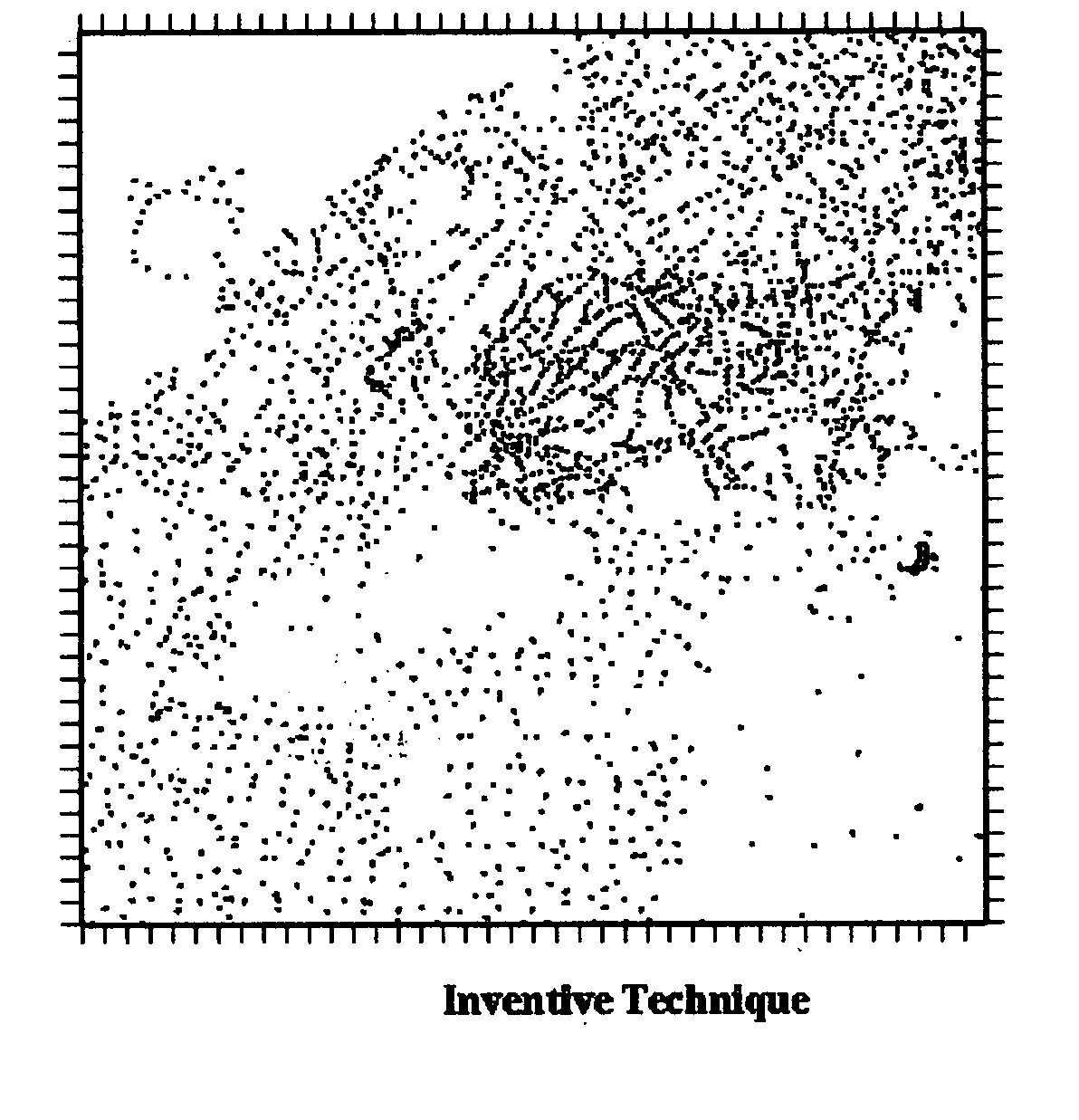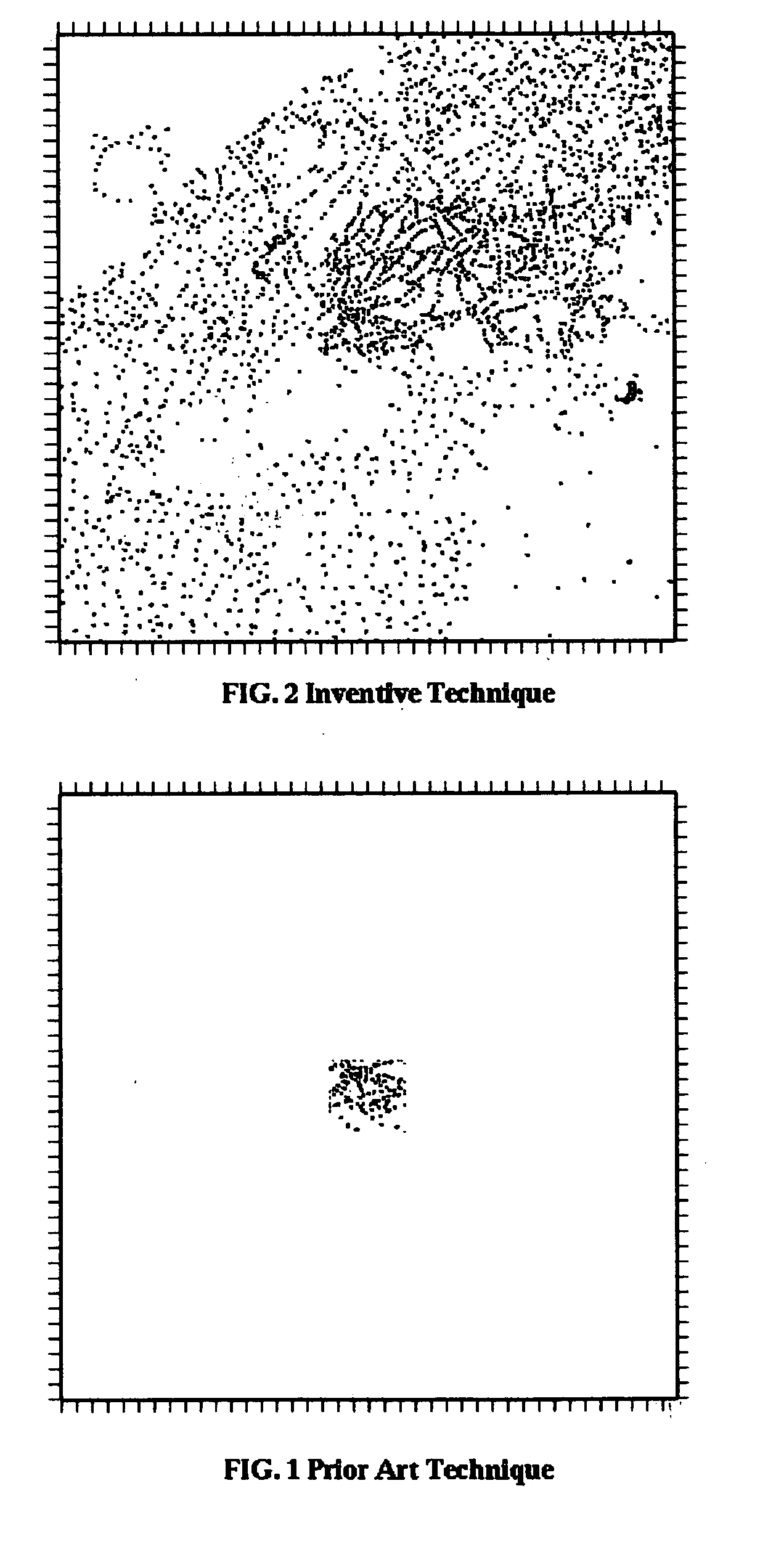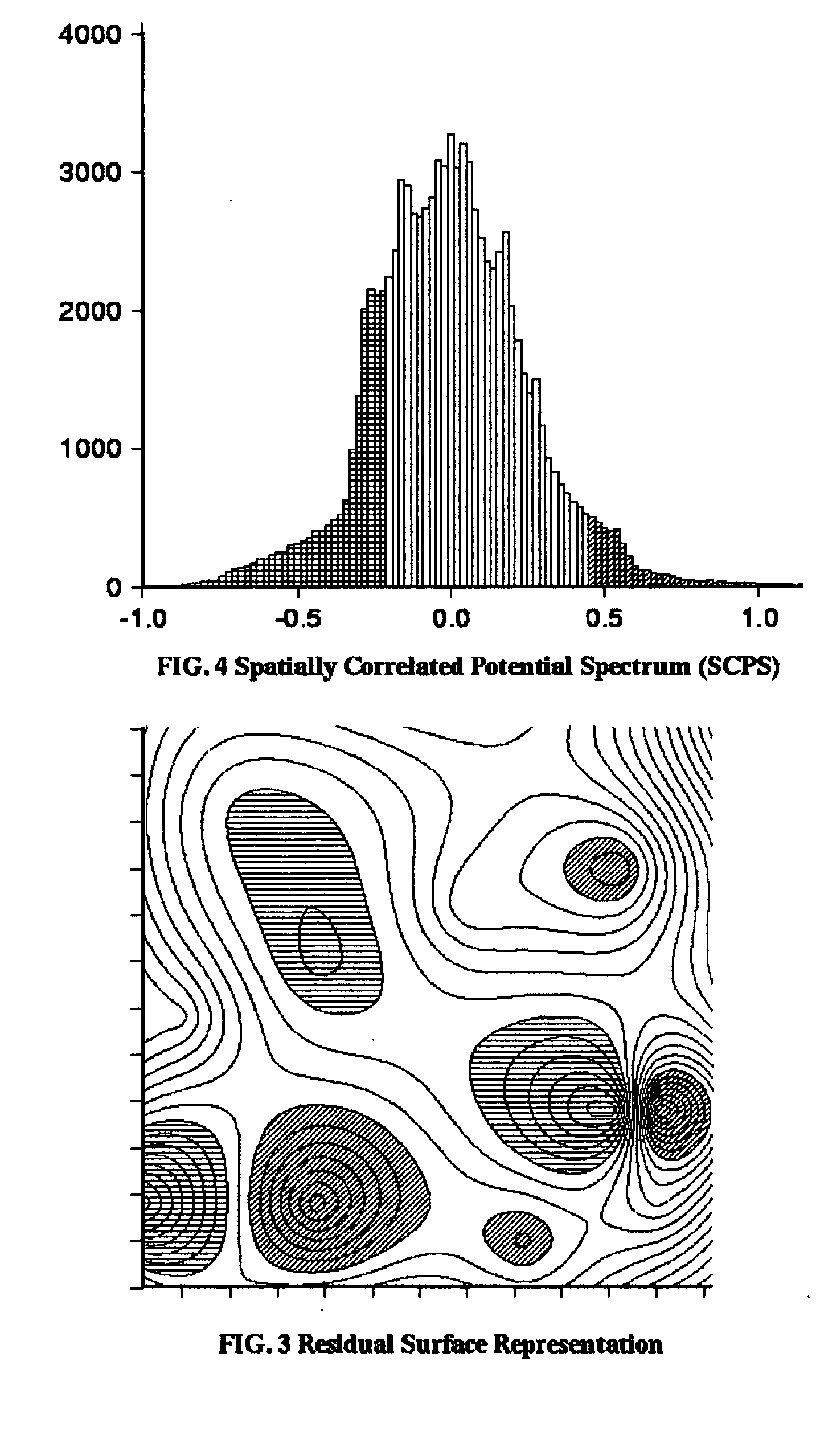Method for enhancing depth and spatial resolution of one and two dimensional residual surfaces derived from scalar potential data
a one-dimensional residual surface and spatial resolution technology, applied in wave based measurement systems, instruments, reradiation, etc., can solve the problems of reducing the emphasis on the development of fft/filter/ifft and equivalent procedures as reliable qualitative and quantitative tools, ambiguities and difficulties in the analysis of potential field anomalies
- Summary
- Abstract
- Description
- Claims
- Application Information
AI Technical Summary
Problems solved by technology
Method used
Image
Examples
Embodiment Construction
[0056] An example of the application of the present invention is provided below as an illustration of the employment of the technique and in order to indicate the broad range of geophysical solutions that may be facilitated. This is based upon actual work performed using a subset of a well charcterized dataset where the total coverage of the original dataset exceeds 7 degrees of latitude and five degrees of longitude with an effective average spacing of approximately 4 km. Three freely available, Open Source, cross-platform software tools were combined into a scripted interface to create an almost fully automated facility for this work. The first tool was a set of command-line programs that provides data gridding and interpolating facilities and a powerful FFT-filtering-IFFT implementation. The second tool was a scriptable, command-line based Geographic Information Systems(GIS) software package with a Graphical user interface(GUI). The third tool was a powerful interpreted scripting...
PUM
 Login to View More
Login to View More Abstract
Description
Claims
Application Information
 Login to View More
Login to View More - R&D
- Intellectual Property
- Life Sciences
- Materials
- Tech Scout
- Unparalleled Data Quality
- Higher Quality Content
- 60% Fewer Hallucinations
Browse by: Latest US Patents, China's latest patents, Technical Efficacy Thesaurus, Application Domain, Technology Topic, Popular Technical Reports.
© 2025 PatSnap. All rights reserved.Legal|Privacy policy|Modern Slavery Act Transparency Statement|Sitemap|About US| Contact US: help@patsnap.com



